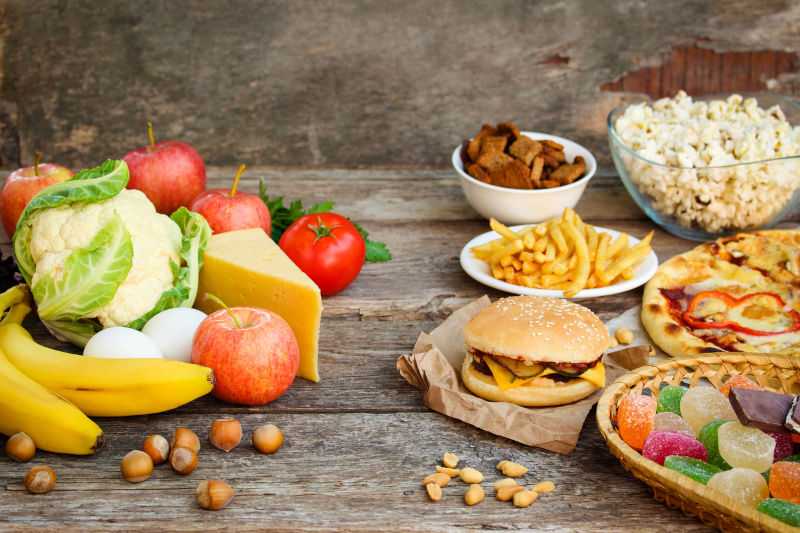Tackling junk food
August 12, 2022
Australias Children a report from the Australian institute of Health and Welfare (AIHW), was published in 2019 and updated this year. It struggled to find data that would enable a comprehensive understanding of our childrens nutritional and physical activity status.
The report found that trend data are not currently available National data on the variety of physical activity children undertake, beyond organised sport, are also not available. Information on screen time that promotes physical activity, such as active video games, is also not available. Routine national data on childrens consumption of food, other than fruit and vegetables, is also limited. For example, the most recent data on childrens intake of grains, meat (and alternatives), dairy and discretionary foods come from the 201112 Australian Health Survey.
Using the data that is available, the AIHW report states that around 1 in 4 children aged 514 is overweight or obese, with the proportion remaining relatively stable between 200708 (23%) and 201718 (24%). Children living in regional and remote areas were more likely to be overweight or obese (29%) than children living in major cities (23%).
Most children (96%) aged 514 do not eat enough vegetables, with the proportion meeting the guidelines for vegetable consumption only increasing slightly between 201415 (2.9%) and 201718 (4.4%).
In 2017, Sinead Boylan, a nutrition systems epidemiologist at the University of Sydney, and colleagues published secondary analyses of survey data from the New South Wales (NSW) Schools Physical Activity and Nutrition Survey. Although this research sought information about all sorts of junk food, not simply fast food, the findings are concordant with the AIHW results.
According to On the Line, the US Centers for Disease Control report that one-third of Americans, young an old, eat fast food on any given day. There are 394,000 fast-food outlets in the US.
One-third of fast-food chains now offer healthy options. McDonalds has led the way. This has not hurt business.
Covid did little to disrupt this industry. The fast-food industry has invested heavily in digital ordering, faster pickup, and updated menus that cater to todays dining public. With this booming industry winning the business of over 50 million Americans daily, fast food is sure to continue on pace into the foreseeable future.
In Australia, a study by NobleOak, a life insurer, found the average Australian spends 32% of their weekly food budget on fast food. This high percentage was driven largely by convenience and price especially for young people, who spend more of their food budget on fast food than other age groups.
This is the story so far. Obesity is common among our children. We and they are eating a lot of fast food. A complex social agenda leads to and supports this arrangement. While changes are occurring in the fast-food menu in the direction of better health, we have a big problem, and we have a long way to go in resolving it.
While welcoming the Australian Obesity Strategy that was published this year, VicHealth CEO, Dr Sandro Demaio, said, We must put our people over industry profits. We must act with urgency, prioritising protecting our kids against the predatory tactics of unhealthy food and drink companies individuals are up against an industry that spends more than $550 million [p.a.] peddling their products through advertising. The Strategy seeks reduce the number of overweight children aged two to 17 by 5 per cent (40,000) by 2030. It highlights action to tackle junk food marketing to children. A campaign, led by the Cancer Council of Victoria and supported by the Public Health Association of Australia, has attracted strong support, with over 10,000 signatories.
It was encouraging to hear Independent MP Dr Sophie Scamps calling for restrictions to be enacted in federal parliament on junk food advertising to children. Mr Albanese said in his campaign for election that he would take an interest in reducing harmful environments.
We have learned from tobacco control the importance of a multi-pronged approach to prevention using taxation, food labelling, education, peer-pressure, and prohibition of advertising, to good effect. There are no strict parallels between food and tobacco, but there are enough to encourage Dr Scamps and her parliamentary colleagues to press for tighter control over junk and fast food advertising to children.

